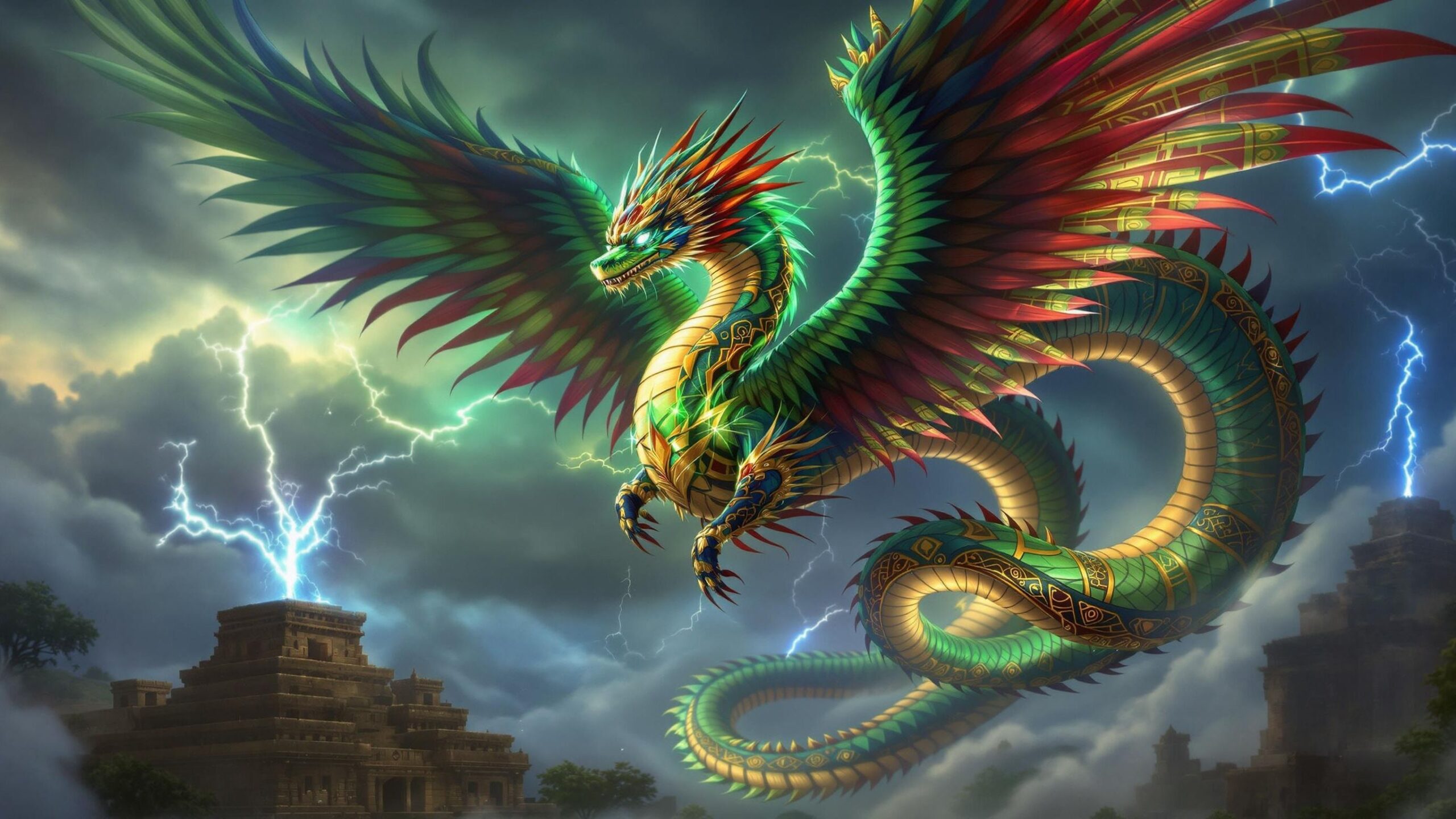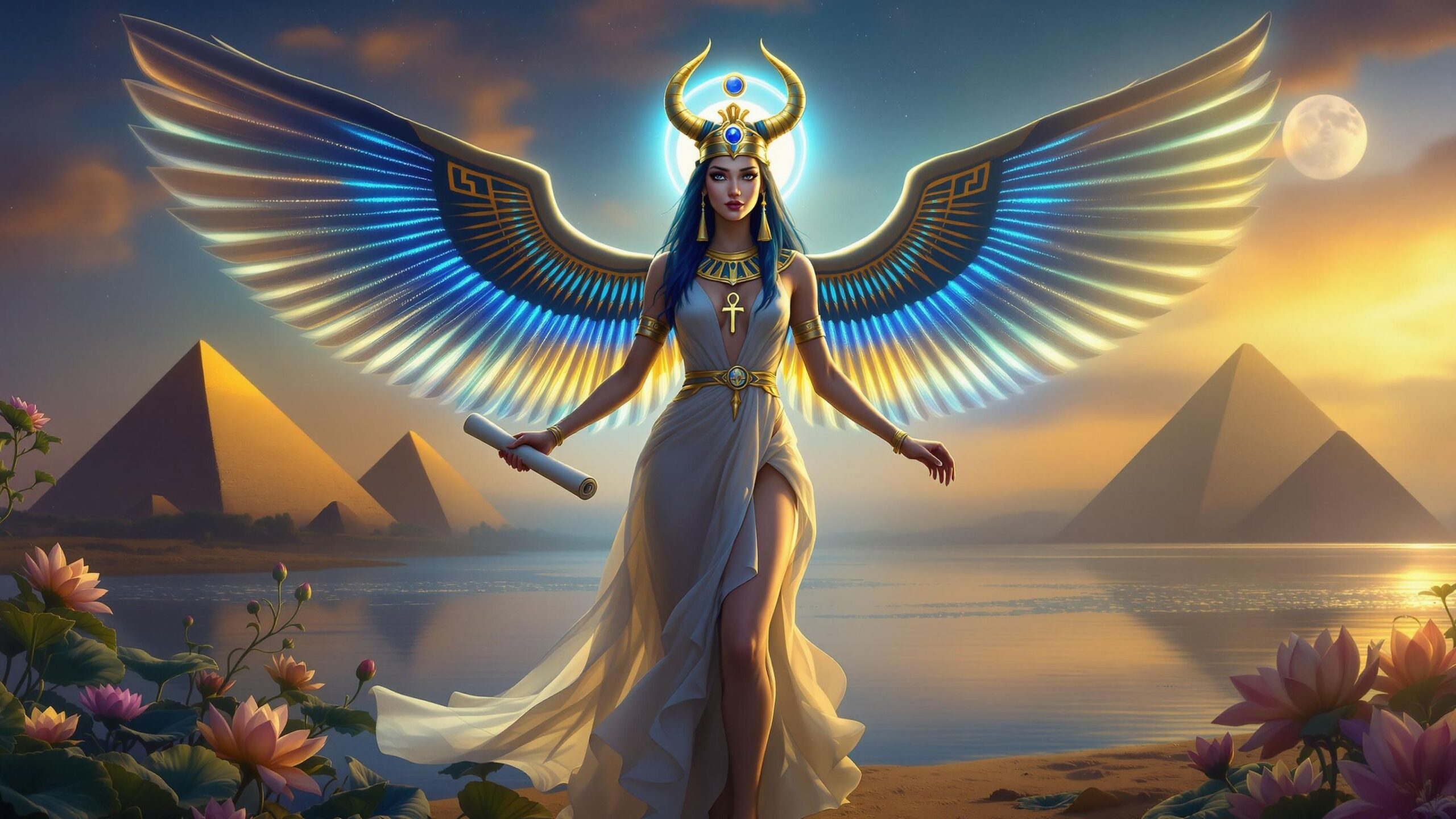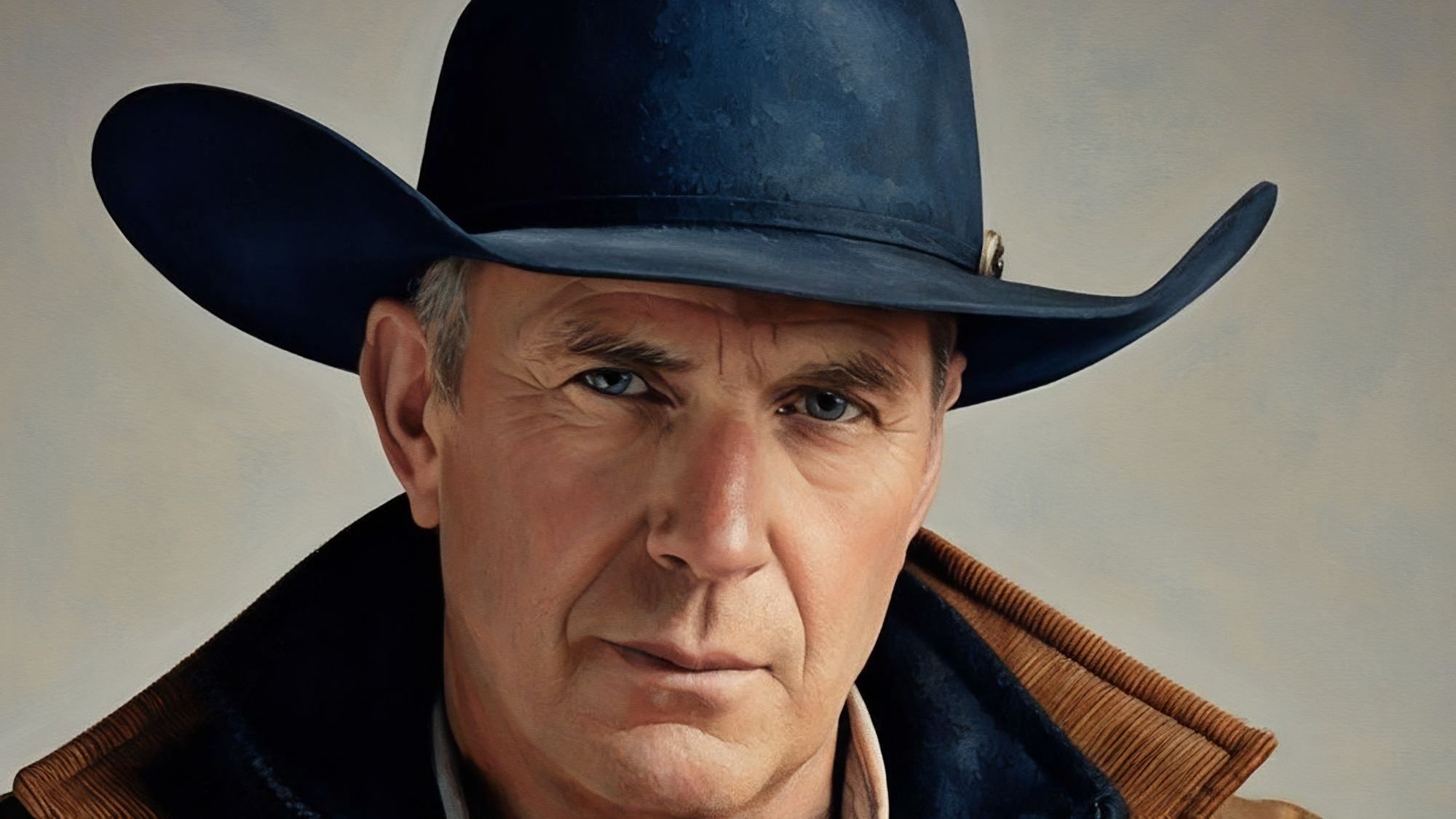From creation myths to cosmic battles, religious figures in mythology have shaped how civilizations understand the universe, morality, and their place in the world. These beings—whether gods, prophets, or cosmic creators—transcend cultures and continents, offering stories of divine wisdom, judgment, love, war, and salvation. Often embodying natural elements, virtues, or spiritual ideals, these figures have left indelible marks on art, literature, and belief systems across human history. Here are the Top 10 Religious Figures in Mythology of All Time—immortal, revered, and endlessly fascinating.
#10: Quetzalcoatl
Quetzalcoatl, the feathered serpent god of Mesoamerican mythology, was a central figure in Aztec religion and one of the most benevolent deities. Known as the god of wind, learning, and creation, he stood in stark contrast to other more warlike gods of the region. Quetzalcoatl brought maize to humans and taught them science and agriculture. His name combines “quetzal,” a brightly colored bird, and “coatl,” meaning serpent—reflecting his dual nature as a sky and earth figure. According to legend, Quetzalcoatl was tricked into exile but vowed to return one day, which some Aztecs believed was fulfilled by the arrival of Spanish conquistadors. His mythology speaks of cycles of creation and destruction, sacrifice, and renewal. Often depicted with plumed feathers and serpent-like features, Quetzalcoatl represents a fusion of natural harmony and divine enlightenment. He remains one of the most iconic gods from the Americas.

#9: Isis
Isis, the great mother goddess of ancient Egyptian mythology, was revered as the ultimate symbol of devotion, healing, and magic. She played a vital role in the resurrection myth of Osiris, her husband, whom she brought back to life after he was dismembered by Set. As the mother of Horus, Isis was also seen as a protector of the pharaoh and a symbol of divine motherhood. Her worship extended far beyond Egypt into the Greco-Roman world, where she was honored in mystery religions. Isis’s appeal lay in her compassion, resourcefulness, and unmatched magical prowess. She was often depicted wearing a throne-shaped crown or with outstretched wings, embracing and protecting humanity. The myth of Isis showcases themes of love overcoming death, feminine strength, and the eternal cycle of life. Her legacy endures as one of the most beloved goddesses in world mythology.

#8: Vishnu
Vishnu is one of the principal deities in Hindu mythology and a key figure of the Trimurti, alongside Brahma and Shiva. Revered as the preserver and protector of the universe, Vishnu descends to Earth in various avatars—like Rama and Krishna—whenever cosmic balance is threatened. His mythology is rich with tales of heroism, compassion, and divine intervention. Vishnu’s blue skin, four arms, and symbols such as the conch and chakra make him one of the most recognizable gods in Hindu iconography. His role in the Mahabharata, particularly through his avatar Krishna, reveals profound teachings on duty, devotion, and selflessness. Devotees view Vishnu as a cosmic force who maintains order, sustains life, and offers salvation to the faithful. His timeless presence in both mythology and practice speaks to his central role in Hindu belief systems.
#7: Thor
Thor, the Norse god of thunder, is both a protector and a divine warrior. Wielding the mighty hammer Mjolnir, Thor defends the gods and humans from giants and chaos. As the son of Odin and Earth (Jord), he represents natural power and fertility. While his myths often focus on feats of strength and thunderous battles, Thor is also a symbol of loyalty and moral clarity. He appears frequently in Norse sagas as a hero who values family and honor, even if he lacks subtlety or diplomacy. His chariot, pulled by goats, and booming voice make him a figure of awe and inspiration. Thor’s destiny is to face the World Serpent Jörmungandr during Ragnarok—a battle that will end in mutual destruction. This myth captures the Norse theme of inevitable fate and noble sacrifice. As a religious figure, Thor is still venerated in modern paganism and remains a cultural icon across centuries.
#6: Amaterasu
Amaterasu is the Japanese Shinto goddess of the sun and one of the most revered deities in Japanese mythology. Her name means “Shining in Heaven,” and her emergence from a cave brought light back to the world after it was plunged into darkness due to a conflict with her brother Susanoo. As the ancestress of the Japanese imperial family, Amaterasu is not only a spiritual figure but also a symbol of national identity. Her shrine at Ise remains one of Japan’s most sacred sites. Amaterasu’s story is a powerful metaphor for renewal, light, and cosmic order. Her association with the sun makes her a life-giving force, while her occasional withdrawal from the world reflects the rhythms of nature and emotion. Her calm dignity and role as a moral compass distinguish her in a pantheon often filled with volatility. Amaterasu continues to inspire devotion and cultural pride in Japan today.
#5: Yahweh
Yahweh is the singular, omnipotent deity in the Hebrew Bible and the foundation of monotheistic Judaism. Unlike mythological gods who often represent specific forces of nature or emotions, Yahweh is transcendent—creator of the universe, lawgiver, and moral authority. The stories of Moses, the Exodus, and the Ten Commandments illustrate Yahweh’s role in shaping the moral and spiritual framework of ancient Israel. His relationship with humanity is characterized by covenant, justice, and mercy. Yahweh does not appear as a physical form but manifests through burning bushes, thunder, and divine proclamations. His influence extends beyond Judaism into Christianity and Islam, making him one of the most important religious figures in human history. Yahweh’s mythic power lies in his moral gravity, his authority over existence, and his demand for faithfulness. His narrative shaped centuries of theology, law, and identity.
#4: Buddha (Siddhartha Gautama)
While not a deity in the traditional sense, Siddhartha Gautama—the Buddha—is one of the most revered spiritual figures in mythology and religious philosophy. Born a prince in ancient India, he renounced worldly life to seek enlightenment and understand the nature of suffering. After attaining enlightenment under the Bodhi tree, he shared the Four Noble Truths and the Eightfold Path, laying the foundation of Buddhism. The myths surrounding his life are rich with symbolism—miraculous births, encounters with temptation, and cosmic realizations. Buddha’s teachings emphasize compassion, mindfulness, and liberation from the cycle of rebirth. Though later traditions would depict him in divine terms, the historical Buddha’s mythological status comes from his spiritual journey and profound impact on human consciousness. He stands as a symbol of inner peace, self-realization, and the potential for all beings to awaken.
#3: Jesus Christ
Jesus of Nazareth is both a historical figure and a divine character in Christian mythology and theology. Seen as the Son of God, the Messiah, and the Savior, his life, death, and resurrection are central to Christian belief. His story—born of a virgin, performing miracles, preaching love and forgiveness, dying for humanity’s sins, and rising from the dead—is rich with mythic structure and spiritual significance. Jesus’s parables, such as the Good Samaritan and the Prodigal Son, offer timeless moral lessons. His crucifixion and resurrection are viewed as the ultimate act of divine love and redemption. Across centuries, Jesus has been portrayed as healer, teacher, rebel, and divine king. His influence spans art, culture, and religion, and he remains one of the most widely worshipped figures on Earth. His mythology represents transformation, sacrifice, and eternal hope.
#2: Shiva
Shiva is one of the most complex and revered deities in Hindu mythology. Known as “The Destroyer” in the Trimurti, he’s not a bringer of chaos, but a cosmic force of transformation and renewal. Often seen meditating in the Himalayas or dancing the Tandava that destroys and recreates the universe, Shiva bridges opposites: serene ascetic and passionate lover, creator and destroyer, terrifying and benevolent. His third eye symbolizes higher consciousness, while the Ganges flows from his hair. With his trident, serpent, and sacred bull Nandi, Shiva embodies raw cosmic power and deep spiritual insight. He is a patron of yogis, artists, and outcasts alike. Shiva’s mythology spans countless tales—from churning the ocean to consuming deadly poison to protect the world. He is both god and mystery, still center and wild storm—a figure of infinite depth and spiritual transcendence.
#1: Zeus
Zeus is the king of the Greek gods, ruler of Mount Olympus, and the personification of divine authority and sky-born power. With his thunderbolt in hand, Zeus governs the heavens and maintains order among gods and humans. Born of Cronus and Rhea, he overthrew the Titans to establish a new divine order. His myths are sprawling—ranging from cosmic battles to countless affairs that produced heroes and demigods like Hercules and Perseus. Despite his flaws—vanity, infidelity, pride—Zeus remains the ultimate figure of divine rulership in Western mythology. His judgments, interventions, and punishments shape nearly every corner of the Greek mythos. Zeus’s thunder, eagle, and oak tree are lasting symbols of power and permanence. As the archetypal sky father, he has inspired countless parallels in other pantheons and remains a central figure in the mythological imagination.




